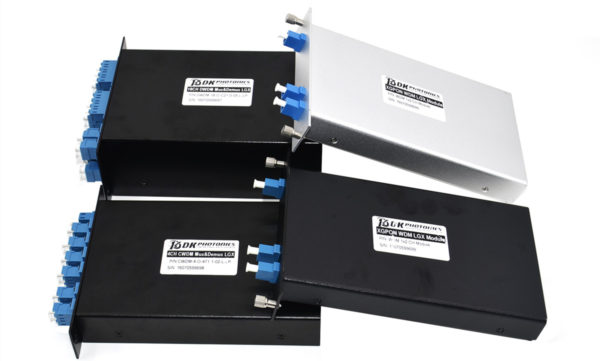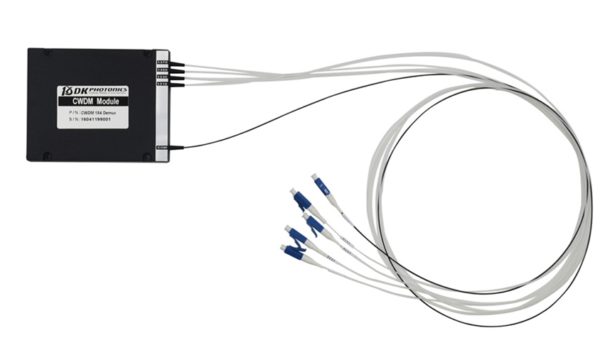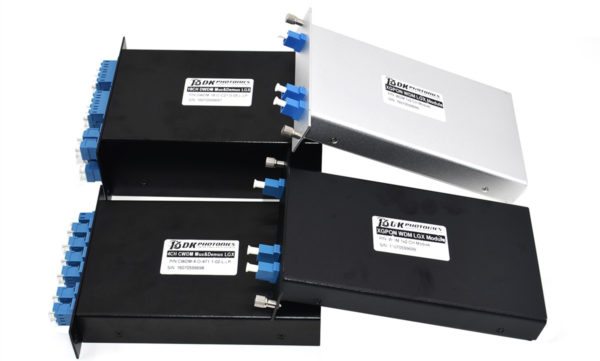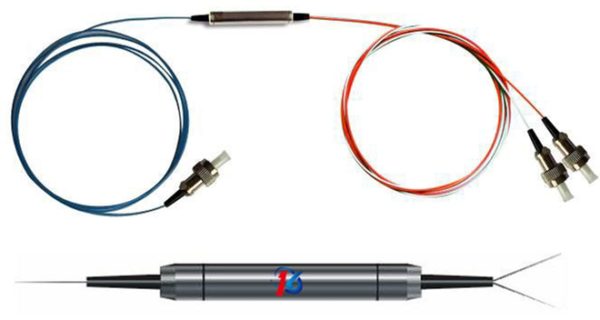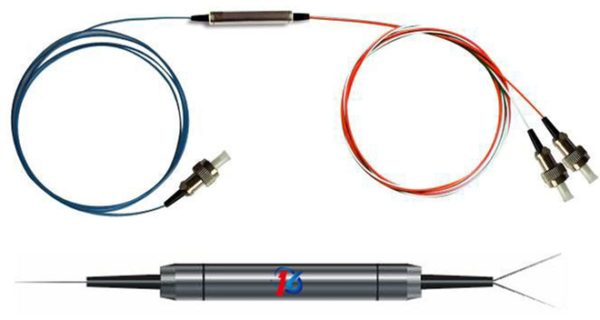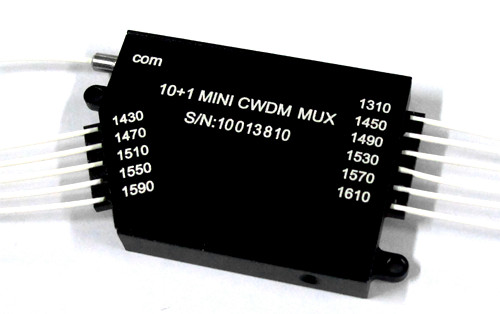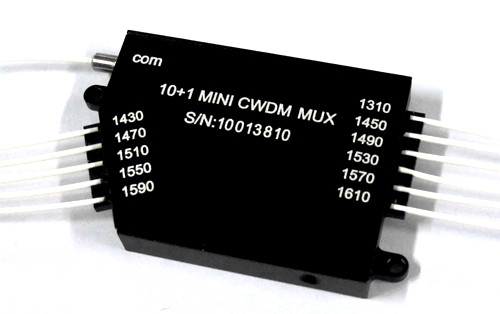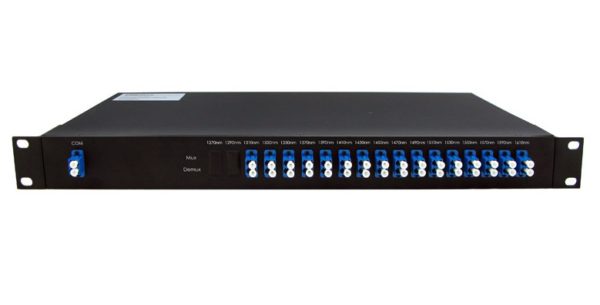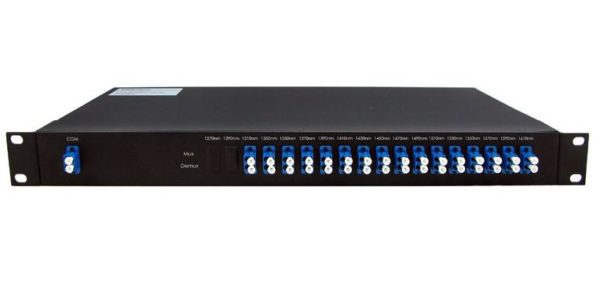CWDM Mux/Demux is a high-end device that enhances the capacity of the CWDM network. Here, CWDM is an acronym for Coarse Wave Division Multiplexing. One simple example of such a device is 4 CH CWDM Mux/Demux. It means 4-channel mux and 4-channel demux integrated into a single housing (which is usually ABS box), and it can combine or separate up to 4 channels with a 20nm spacing.
You can implement CWDM Mux/Demux devices in various analog and digital transmission systems, metro enterprise, cable TV, 3G Telephony, Datacomm WAN, Metro Core, Metro Access, and sensor applications.
When implementing CWDM Mux/Demux, you will find various types of ports. In this blog, we will define these ports and their use in brief so that you have an idea what these ports do when installing CWDM Mux/Demux devices.
Basic Ports That You Will Find on Any CWDM Mux/Demux
Line Port
Also known as the common port, a line port is a must for any CWDM Mux/Demux device. In some devices, there are single fiber line ports, while others have double fiber line ports. The selection of line ports depends on which WDM wavelengths are being used.
A dual-fiber line Mux/Demux employs the same wavelength for two-way transmission. Meaning, each transmitting and receiving port of every duplex channel port uses the same wavelength.
On the other hand, in a single-fiber Mux/Demux, the transmitting and receiving port of every duplex uses two different wavelengths and all wavelengths flow in only one direction.
Channel Port
Another must-have port in a CWDM Mux/Demux is a channel port that sends and receives signals of selected WDM wavelengths. For instance, CWDM technology supports 18 wavelengths that range from 1270nm to 1610nm with the channel spacing of 20nm. Hence, the channel port count in a CWDM device always varies from 2 to 18 channels.
However, in DWDM technology, wavelengths ranging from 1470nm to 1625nm have a channel space of 0.8nm or 0.4nm. As a result, a DWDM Mux/Demux can support more wavelengths and have channel ports from 4 to 96.
Function Ports on a CWDM Mux/Demux That Can Be Added for Enhanced Functionality
Expansion Port
This port is added so that one can add more wavelengths or channels into the existing network. In other words, if you’ve installed a 4CH CWDM Mux/Demux, you can use an expansion port to extend the network capacity. All you need is to connect this port to the line port of another CWDM Mux/Demux to support different wavelengths.
Monitor Port
Today’s CWDM Mux/Demux devices also come with monitor ports to help ensure better network monitoring and management. It allows you to easily test the dB level of a signal without interrupting the service.
1310nm Port and 1550nm Port
In general, in WDM Mux/Demux, channel ports can be connected to color-coded transceivers only. However, with these special ports, the signal that runs through fiber optic transceivers and transmits over 1310/1550nm ports can also be combined with other CWDM devices.
Each port available on CWDM Mux/Demux has a special usage, and therefore, knowing about their functioning and usage can be very helpful in creating a powerful CWDM network.
It is important to note that the same types of ports with the same purposes are also available on DWDM Mux/Demux.

